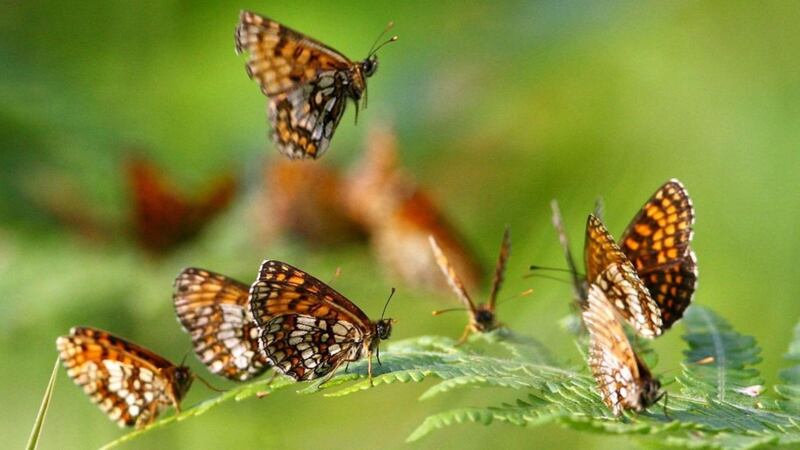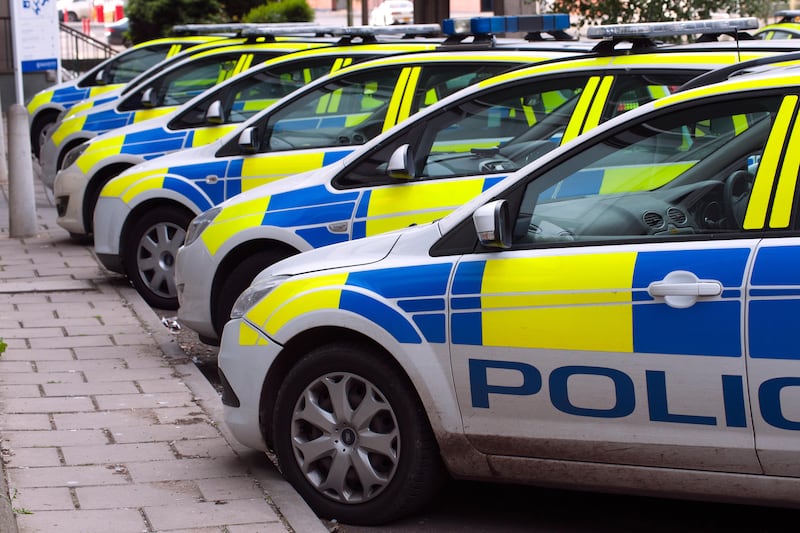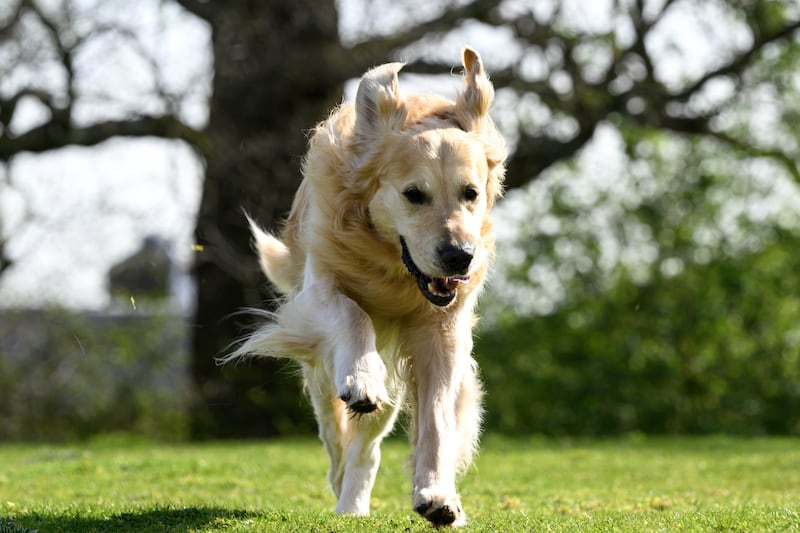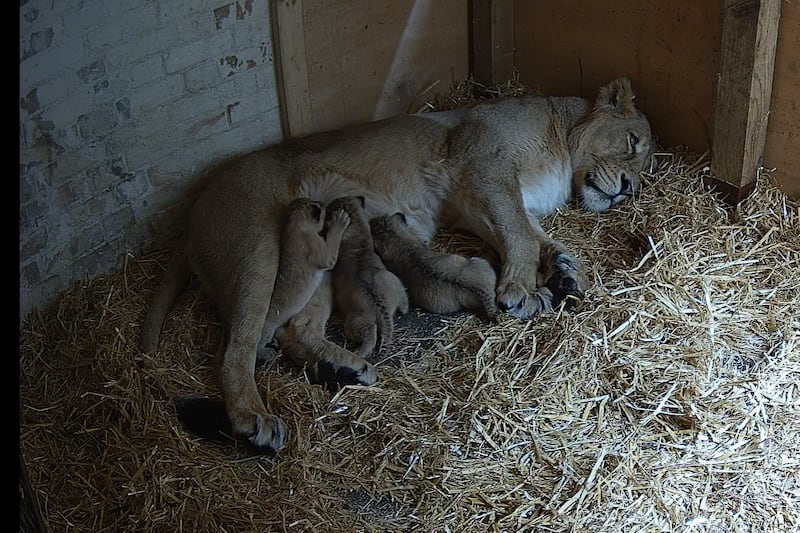First the bees, now the butterflies. Conservationists have said that the symmetrical, patterned insects have suffered one of their worst years on record despite a “pleasant summer” for many parts of the the UK.
Some 40 of the 57 species assessed in the annual UK Butterfly Monitoring Scheme saw declines in 2016 compared with 2015, making it the fourth worst year on record.
Unsavoury weather has contributed to the conditions which saw both rare and widespread species struggle despite a warm and dry summer across much of the country.
Mild winters are potentially leading to increased disease, predation or disruption of overwintering behaviour, and cold springs can cause problems for butterflies by reducing or delaying their emergence.
The latest declines for the heath fritillary, a species only found in a handful of sites in southern England and whose numbers have fallen 82% in a decade, raise fears for its long-term future.
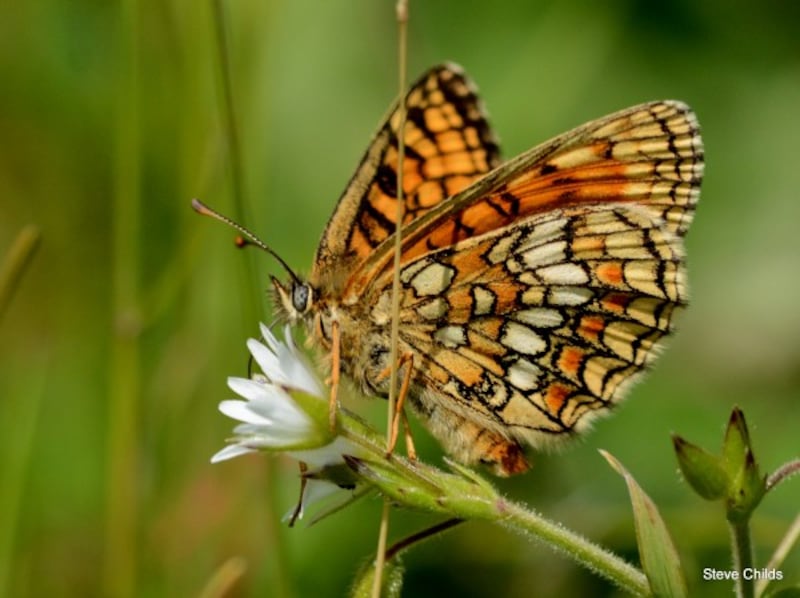
Grizzled skippers, another rare species which is found in southern England and Wales, saw numbers fall 24% to new lows. Wall, grayling, white-letter hairstreak and white admiral butterflies all also recorded their worst years in the survey, which has been running since 1976.
The grizzled skipper, which emerges from April – a month that was 1C colder than the long-term average in 2016 – was one of the species affected by the chilly spring.
There was good news for some species, including the once-extinct large blue which recorded its second best year on record, while the red admiral was up 86% on 2015 and the clouded yellow butterfly saw numbers rise by 35%.
